Climate Science
The post High geothermal heat flow beneath Thwaites Glacier in West Antarctica inferred from aeromagnetic data. appeared first on British Antarctic Survey.
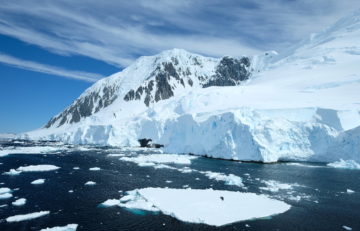
Warming water and receding sea ice in the Western Antarctic Peninsula is changing the local plankton community with potential consequences for climate change, according to research led by scientists from … The post Warming Western Antarctic Peninsula waters impact plankton community appeared first on British Antarctic Survey.
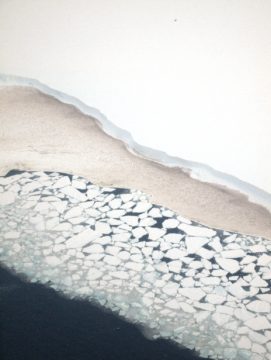
CAMBRIDGE: British Antarctic Survey welcomes the publication of the Intergovernmental Panel on Climate Change (IPCC) Working Group 1 component of its Sixth Assessment Report. This assessment brings together the latest advances in … The post IPCC: Polar scientists welcome Climate Change Assessment appeared first on British Antarctic Survey.
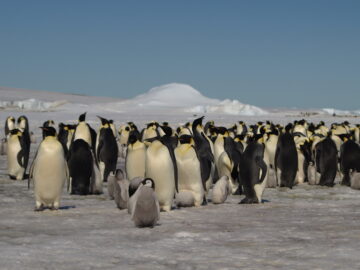
British Antarctic Survey scientists have contributed to a new study published today (3 August) which provides valuable new data highlighting how emperor penguins extinction risk is increased due to rapid … The post Climate change risk to emperor penguins appeared first on British Antarctic Survey.
The post The call of the emperor penguin: Legal responses to species threatened by climate change appeared first on British Antarctic Survey.
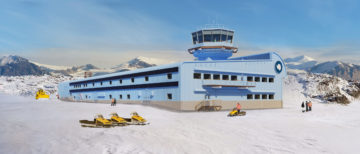
For the inaugural Net Zero Awareness Week (17-23 July), Natalia Ford — Sustainability Manager at British Antarctic Survey, raises some of the challenges of talking about reducing carbon emissions and … The post Towards Net Zero: demystifying the terminology appeared first on British Antarctic Survey.
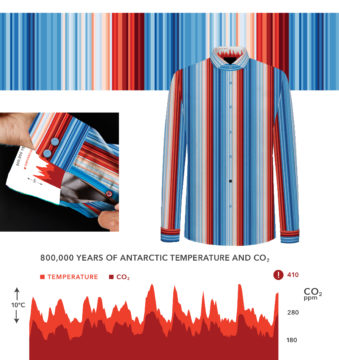
This collaborative project is born from exploring novel ways of visualising environmental data and telling the climate change story. Read more about the project and the science behind it through the project page. The post Climate Code appeared first on British Antarctic Survey.
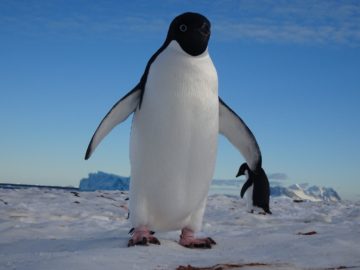
As governments convene for the annual Antarctic Treaty Consultative Meeting (ATCM) June 14–24, 2021, an Expert Working Group1 of leading Antarctic scientists warns that climate change is pushing this remote … The post Leading scientists warn of global impacts as Antarctic nears tipping points appeared first on British Antarctic Survey.
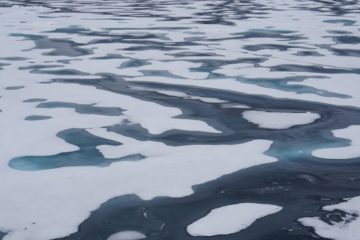
A workshop report published today (10 June) by 50 of the world’s leading biodiversity and climate experts states that unprecedented changes in climate and biodiversity, driven by human activities, have … The post World’s experts report on tackling biodiversity and climate change appeared first on British Antarctic Survey.
